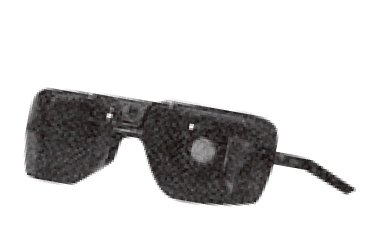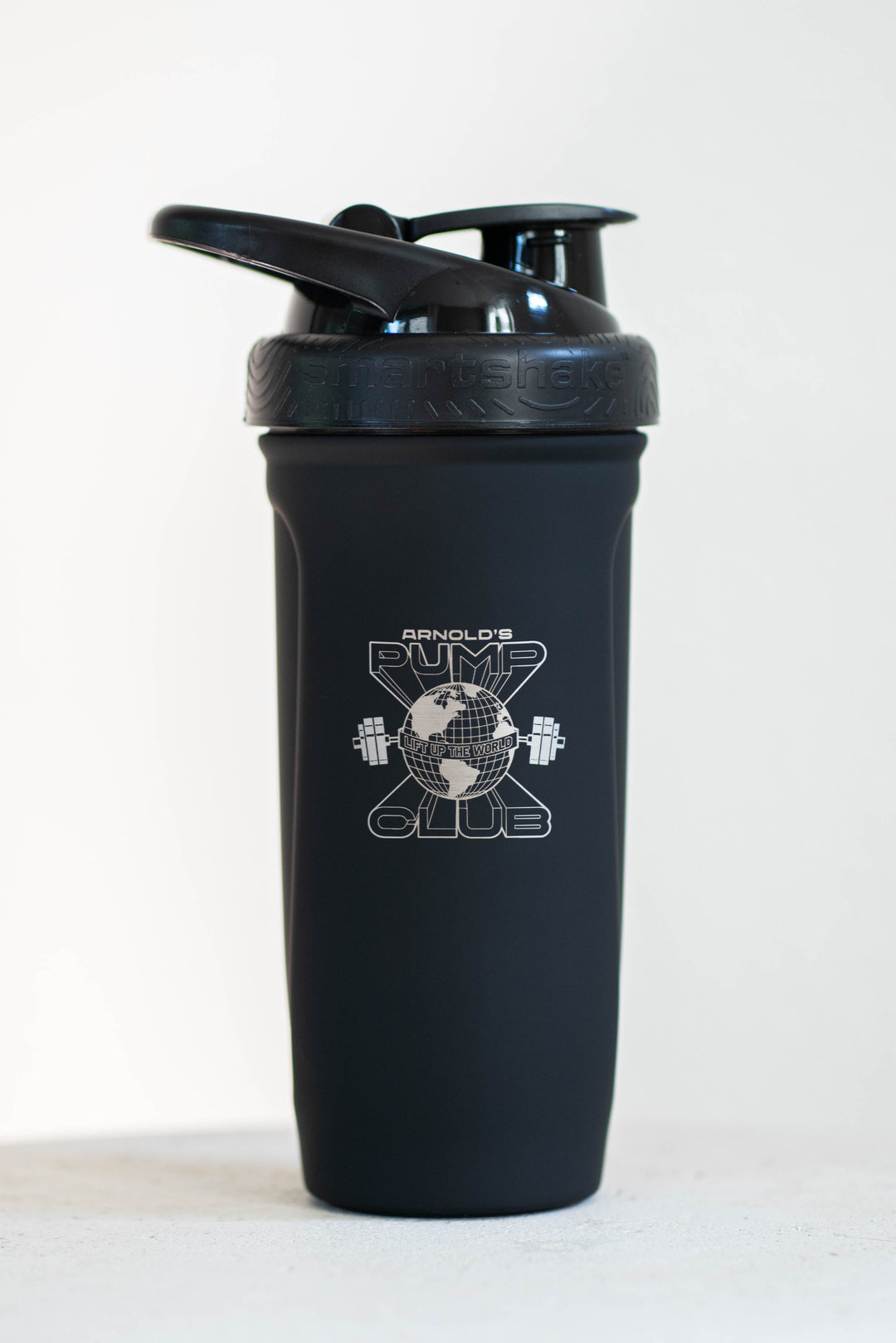Welcome to the positive corner of the internet. Every weekday, we help you make sense of the complex world of wellness by analyzing the headlines, simplifying the latest research, and providing quick tips designed to help you stay healthier in under 5 minutes. If you were forwarded this message, you can get the free daily email here.
Today’s Health Upgrade
A silent health threat
The new healthcare
How to reduce headaches (without your medicine cabinet)
Can warmth dull your appetite?
A Little Wiser (In Less Than 10 Minutes)
Arnold’s Pump Club Podcast is another daily dose of wisdom and positivity. You can subscribe on Apple, Spotify, or wherever you listen to podcasts.
Longevity
The Silent Burnout Inside Your Cells
If you know someone who needs to move a little more — or if you need a little push to get in a few more steps — this study is hopefully a push in the right direction.
Scientists discovered that even if you feel “healthy,” being sedentary may already be weakening your metabolism, damaging your mitochondria, and lowering your body’s ability to burn fat — before any symptoms appear.
In other words, sometimes, your body’s early warnings don’t show up on a lab test — but they’re already setting fire to your long-term health.
Researchers compared sedentary and moderately active adults to understand how inactivity impacts your body at the cellular level.
Compared to active people, sedentary individuals’ muscles were less able to turn food into fuel. They also struggled to use carbs and fats efficiently.
The systems that help you burn fat were up to 50 percent less active, and the pathways that help your body turn carbs into energy were nearly 40 percent slower.
When you don’t move enough, your body becomes worse at using the food you eat, worse at burning fat, and slower to recover from activity — even if you look and feel “healthy.”
And the problems didn’t stop at rest. During exercise, sedentary people had significantly reduced fat oxidation and lactate clearance — both critical for performance, endurance, and recovery.
These exercise results closely matched their poor muscle metabolism seen at rest, suggesting that a simple exercise test could serve as an early warning sign of hidden metabolic dysfunction.
This isn’t just about performance — it’s about disease prevention.
Mitochondria — the engines inside your cells — control how efficiently you use fuel and how resilient your body is to stress. When they falter, it sets the stage for type 2 diabetes, heart disease, Alzheimer’s, and other chronic conditions. And according to this research, those signs show up far earlier than anyone thought.
Instead of waiting for blood sugar or cholesterol to climb, remember that movement is medicine. Start building a more active lifestyle now — even just walking daily — and you’ll strengthen your mitochondria, improve your energy metabolism, and protect your long-term health.
Together With Prenuvo
Prevention Is The New Healthcare
You just saw how inactivity can damage your metabolism before you even notice a warning sign. But there’s another kind of silence that might be even more dangerous: The one where you feel fine — so you assume you’re fine.
But feeling good doesn’t always mean you're in the clear.
Chronic conditions like cancer, heart disease, fatty liver disease and type 2 diabetes often begin in silence. No symptoms. No alarms. Just a slow build beneath the surface until it may be too late to act — only react.
And let’s be honest: Sometimes it’s not ignorance that stops us from looking deeper. It’s stubbornness. Or fear.
You tell yourself, “I don’t need that.” Or, “I don’t want to know.” But deep down, you do. Because knowing is what gives you power.
Movement is the first step of proactive health. The second step? Awareness.
Prenuvo offers a proactive, whole-body MRI scan that can help detect early stage cancers, aneurysms and hundreds of other conditions including neurological, musculoskeletal and metabolic diseases— often before symptoms present — without radiation, contrast, or invasive procedures. Diagnostic quality imaging for the whole body at a fraction of the time and the cost of conventional MRIs.
It’s safe, fast, non-invasive -- with insights built from the largest dataset of normative whole body imaging.. And when paired with exercise, nutrition, bloodwork, and regular care, it might very well give you the one thing no medication can: Time.
Time to act early.
Time to seek insights, not just wait for symptoms.
Time to take care of the people you love by taking proactive care of yourself.
You wouldn’t ignore a smoke detector in your house. So why ignore one in your body?
See what Prenuvo can help reveal — and why awareness might be the strongest choice you ever make. As an APC reader, you can take control of your health with $300 off your Prenuvo Whole Body Scan. Explore your scan options today.
On Our Radar
Does Your Thermostat Control Your Appetite?
The next time you’re feeling hungry, before grabbing something to eat, you might want to check your thermostat.
Research reveals that cold temperatures trigger a sneaky appetite response that has nothing to do with your body actually needing more food.
Researchers at the National Institutes of Health studied 47 adults in a fascinating experiment using metabolic chambers—rooms that measure every calorie burned and consumed. Participants spent 24-hour periods in both mildly cold (66°F) and comfortable (74°F) environments while researchers tracked their eating and metabolism with scientific precision.
People consumed 13 percent more calories — an extra 411 calories per day —when exposed to cooler temperatures. That's roughly equivalent to an extra bagel with cream cheese or a large order of fries.
But here's the kicker: their metabolism didn't change at all. The cold didn't make them burn more energy; it just made them want to eat more.
The study used a clever "vending machine" system where participants could choose any foods they wanted at any time, removing the social pressure or restrictions that might influence eating in typical studies. This 66°F temperature isn't even that cold—it's what many offices, restaurants, or homes feel like with aggressive air conditioning.
Researchers believe cold exposure triggers survival mechanisms that prepare us for potential energy shortfalls, even when our modern bodies don't actually need extra fuel. It's like your brain hits a "stock up on calories" button whenever it senses temperature dropping, regardless of whether you're actually burning more energy. It’s worth noting that most of the participants had a slightly higher BMI, so it’s possible this doesn’t apply to leaner people.
Before reaching for food when you're cold, try warming up first with clothing, hot tea, or moving to a warmer spot. Give it 10 minutes—you might find the food craving was really a temperature craving in disguise.
Health
Can The Gym Eliminate Your Next Headache?
We’ve all experienced the type of headache that makes it impossible to do anything. But here's something that might surprise you: the solution doesn’t necessarily require a medicine cabinet.
Aerobic exercise can reduce headache frequency and intensity.
This wasn't just another small study—it was a comprehensive clinical practice guideline that analyzed 60 studies involving 2,493 migraine patients. The researchers divided participants into two main groups: those with episodic migraines (fewer than 15 headache days per month) and chronic migraines (15 or more days per month). They measured headache frequency, pain intensity, attack duration, and quality of life before and after various techniques to help them feel better.
Moderate-intensity exercise — such as cardio or yoga — performed about three times per week made a significant difference.
The researchers believe these benefits stem from how exercise improves blood flow, reduces inflammation, modulates pain pathways, and enhances stress resilience—all factors involved in migraine development and intensity. Some forms of movement, like yoga, may also support nervous system regulation and reduce tension.
Start with 20 to 30 minutes of walking, cycling, or a beginner yoga class a few times per week. Track how your symptoms respond to see if it works for you.
Better Today
Take any of these tips from today’s email and put them into action
Protect Your Metabolic Health: Take a 10-minute walk after each meal to activate your mitochondria and improve fat burning before metabolic damage becomes visible on lab tests.
Stay Warm, Beat Hunger: When hunger hits in air conditioning or cooler weather, put on a sweater, move around to improve blood flow, and wait 10 minutes before eating—your appetite might just be a temperature craving.
-
Exercise Away Headaches: Start with 20 minutes of moderate cardio today—walking, cycling, or swimming—to help reduce migraine frequency.
—
Publisher: Arnold Schwarzenegger
Editors-in-chief: Adam Bornstein and Daniel Ketchell































































